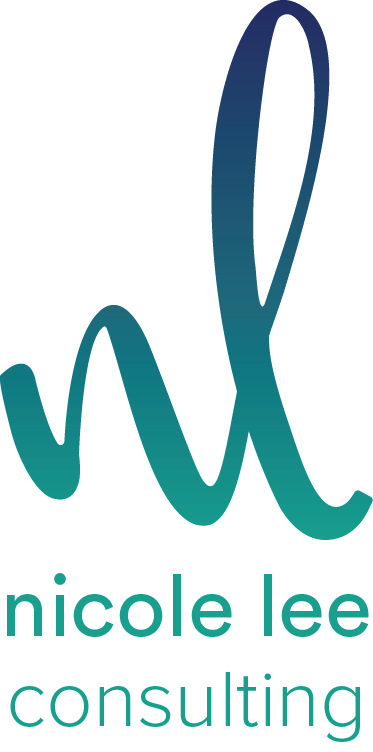Understanding Equity in the Workplace
Within the past year, both private and public business organizations have been challenged to address their acumen around diversity, equity, and inclusion. Whether strategies around assessing organization culture were pre-existing or not, the combination of a global pandemic, unemployment, and the recurring examples of explicit racism and injustice influenced organizations to take some, if any, kind of action.
I’ve had clients that were uncertain how to address the racial unrest that was taking place not on just a national level, but globally. The nation witnessed the posting of Black squares on Instagram to show solidarity in the fight against police brutality and using BLM hashtags, just to later realize it was either just for show or that there were no real plans in place to address racial equity in the workplace.
There was interest in publicly stating support, but not much action that followed. I was able to help these clients facilitate conversations around planning that empowered the staff and leadership to collaborate and equally important, have a plan of action.
In the efforts of identifying racism, mitigating unconscious bias, and building institutions of change, the first step is recognizing that these issues are inherently systemic and require the implementation of new systems and practices that are fair and just for everyone.
Starting Inside to see Outward Change
Our team works to enable institutional leadership to move from a space of comfortable conversations to curious and impactful ones. In terms of organizational culture, I think leadership should be responsible for enforcing or dismissing strategies that can drive change in workplace culture.
Our efforts to dismantle traditional patriarchal norms that don’t reflect the culturally diverse people who are a part of any organization is a benefit for all. Mitigating the unconscious may be an obvious but pivotal step to aid in building a better workplace culture.
I recognize that the first step in mitigating unconscious bias is acknowledging that none of us are absolved from having and/or projecting unconscious biases. We must continue to ask ourselves how we can remain accountable and equitable to our colleagues and partners.
To understand where these biases, unconscious or otherwise, stem from, we should also feel empowered to educate ourselves and colleagues on the issues concerning racial equity and systematically oppressed communities to foster a sense of true allyship.
An extension of unconscious bias is micro-messaging, which is codified into two categories—positive and negative micro messages. By definition, micro messages are small, sometimes unspoken, and unconscious messages that are sent and received. They are often subtle and can’t always be predicted by the receiver but can have a big impact.
Microaggressions in the Workplace
Microaggressions are a type of negative micro message that can often greatly impact the individual on the receiving end of it.
Recently, a client of mine expressed the desire to address how these subtle messages that chip away at the morale of employees. The client shared an instance of witnessing another person of color in their organization being told that they are very articulate, which to them implied that people of color do not speak English well or properly.
In my work to facilitate real conversations around diversity and equity and addressing antiracism, I’ve learned that microaggressions are commonplace. For example, through a client survey, this organization recalled an instance where the only woman and Black person in leadership at this Fortune 500 company to take notes at a meeting, which would imply that their contribution to the group is limited and reiterates patriarchal norms that women should complete administrative tasks.
On the contrary, there are also positive micro messages that also render profound results. Examples of this in workplace culture could be something as simple as showing attentiveness when our peers are sharing new ideas, or even soliciting feedback which implies that their thoughts are valued.
Cultivating a space for connection with others who also acknowledge their responsibilities around work supporting equity and inclusivity is paramount. I’ve had many clients where strategic steps around thought leadership resulted in more equitable and inclusive workplace culture. For example, by helping organizations identify bias, leaders are given tools to mitigate unconscious biases resulting in increased morale.
Real Conversations Lead to Real Change
I believe that real change in workplace culture can’t take place unless there is a shift in conversations from being surface and comfortable to intentional and honest.
When the leadership of any organization amplifies the voices of those who are typically marginalized or overlooked, they create a catalyst for change in the workplace.
This work includes but isn’t limited to uncomfortable conversations, honesty with ourselves, and the ability to remain open to learning and calling out antiracism. We must realize that wherever we go, we take all ourselves with us, which includes the need to evolve in making our working environments just and equitable.

